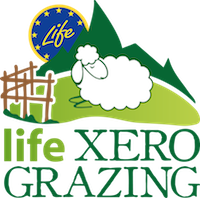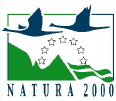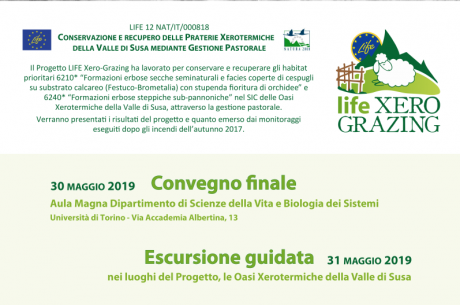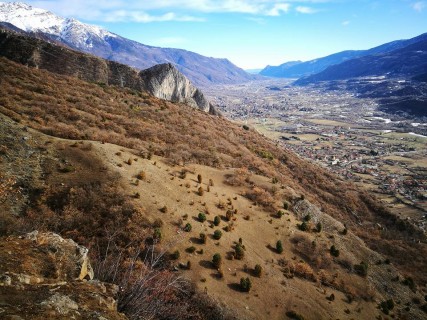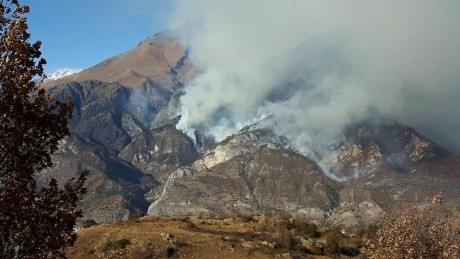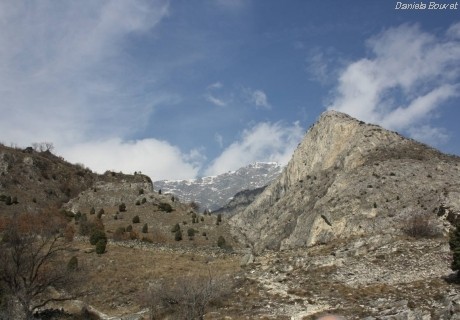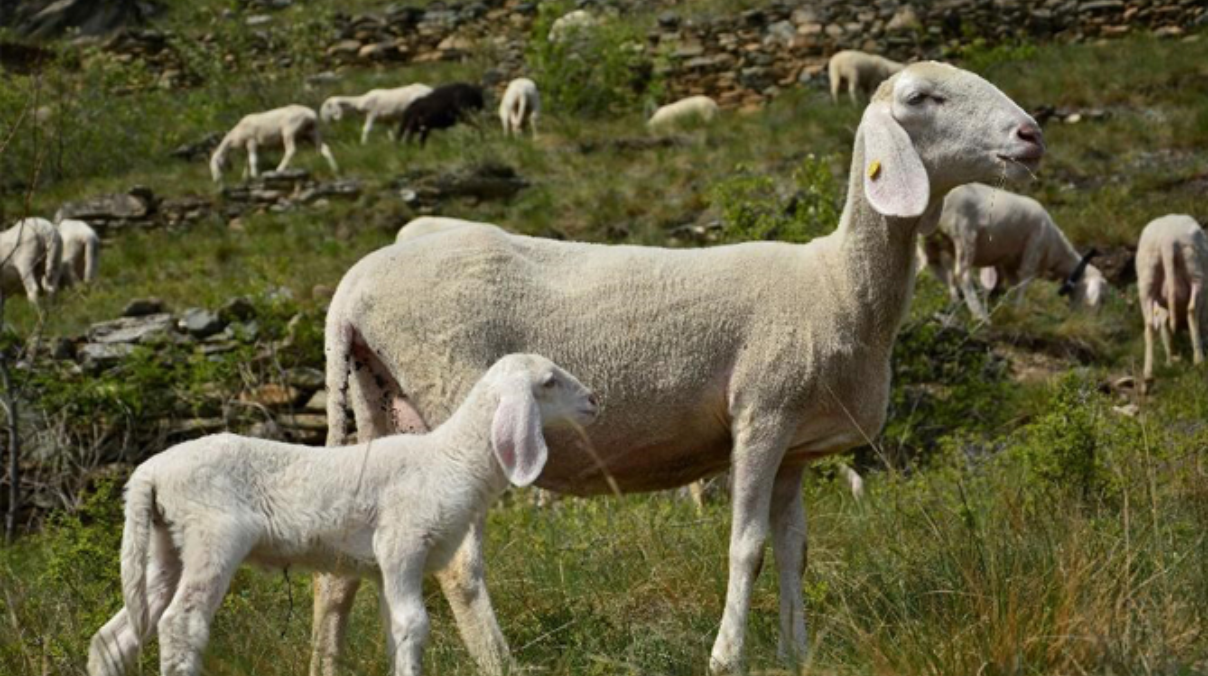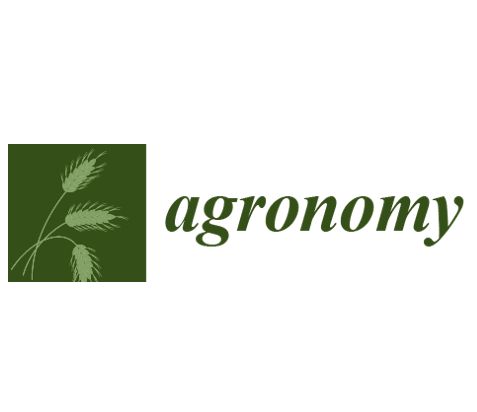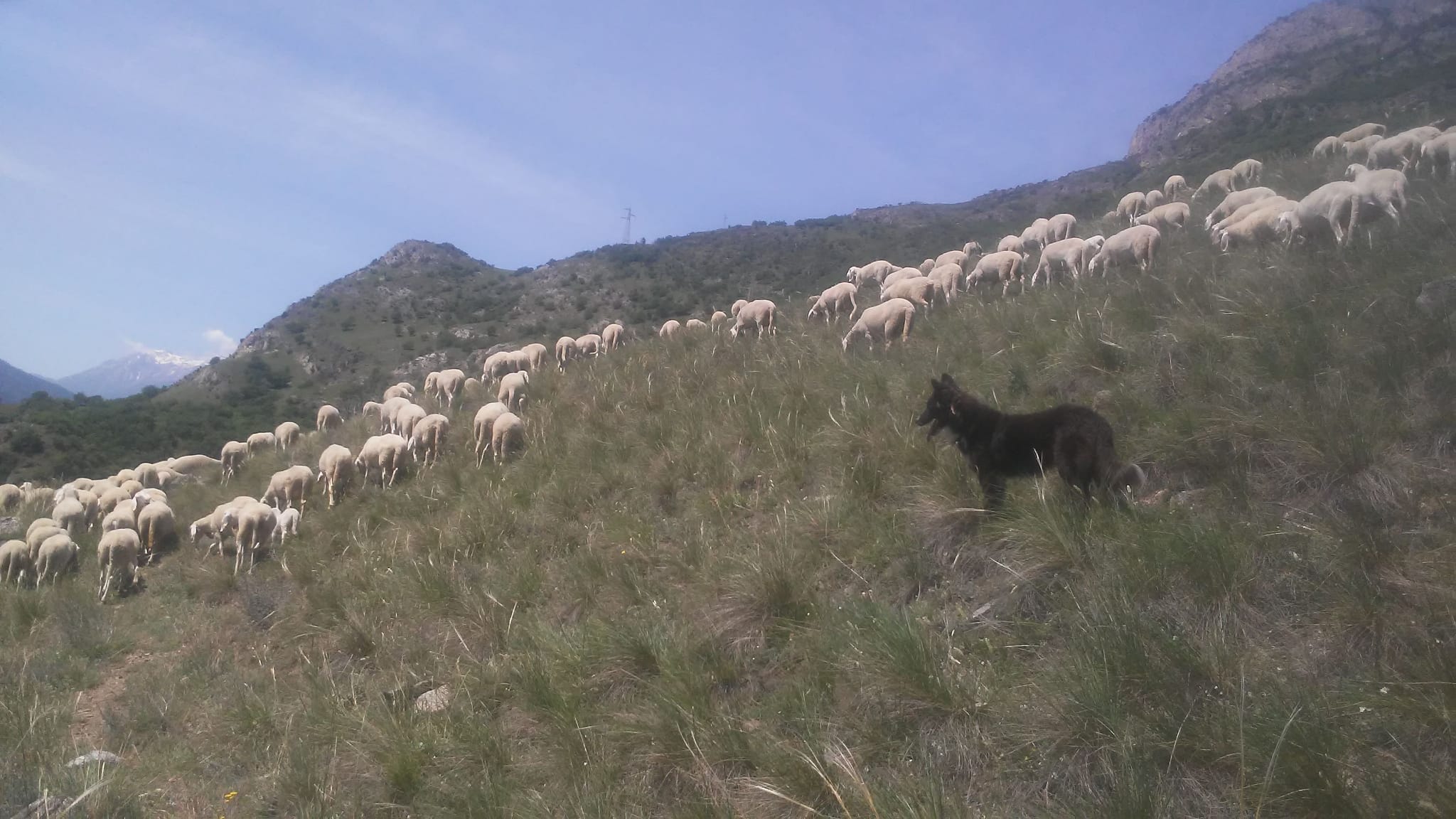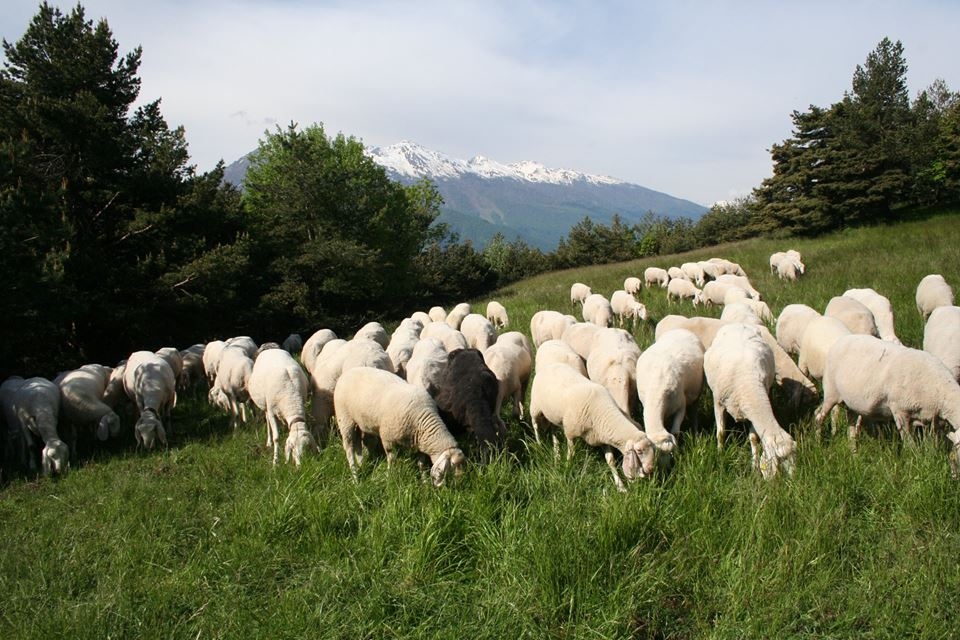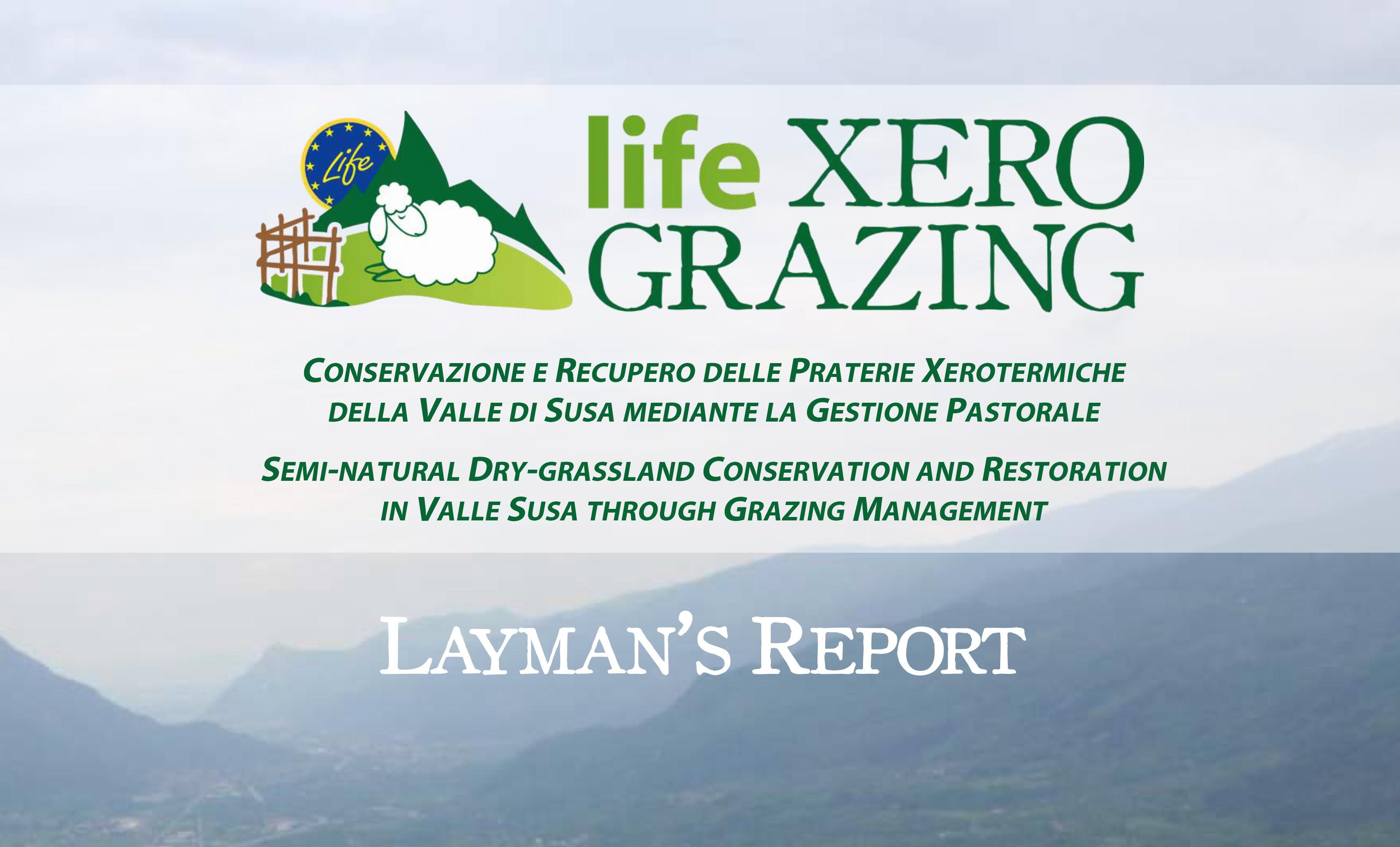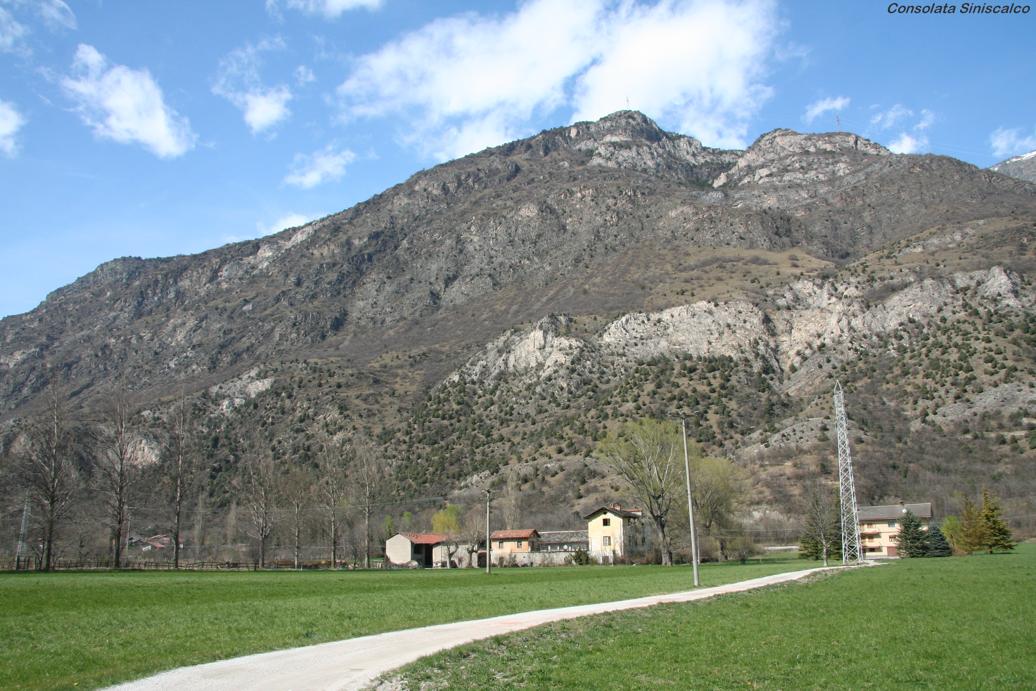
The action D3 was concluded.
The action aims to verify the impact of all the actions performed against a marginal mountain reality, with a very high naturalistic and conservation value, but so far of limited production interest and management. To evaluate the impact on ecosystems, the project partners' working group has chosen to take as a reference the methodology developed by the Life + Making Good Natura project. For the economic aspects, the Life Xero Grazing project offered a series of ideas, highlighting some qualitative elements useful for the enhancement of the territory. The project allowed the development of a sheep chain with a herd of 150 animals, supported by the preparation of a pasture management plan that allowed the permanence of farm animals in the SIC area. Currently, the reference farm is oriented towards the production of sheep meat, marketed mainly for the Halal market. In the future, the sheep sector could be joined by the bovine one, with the aim of producing dairy products that could bear both the Alpi Cozie Parks brand and the optional indication of "mountain product" quality, required by European legislation.
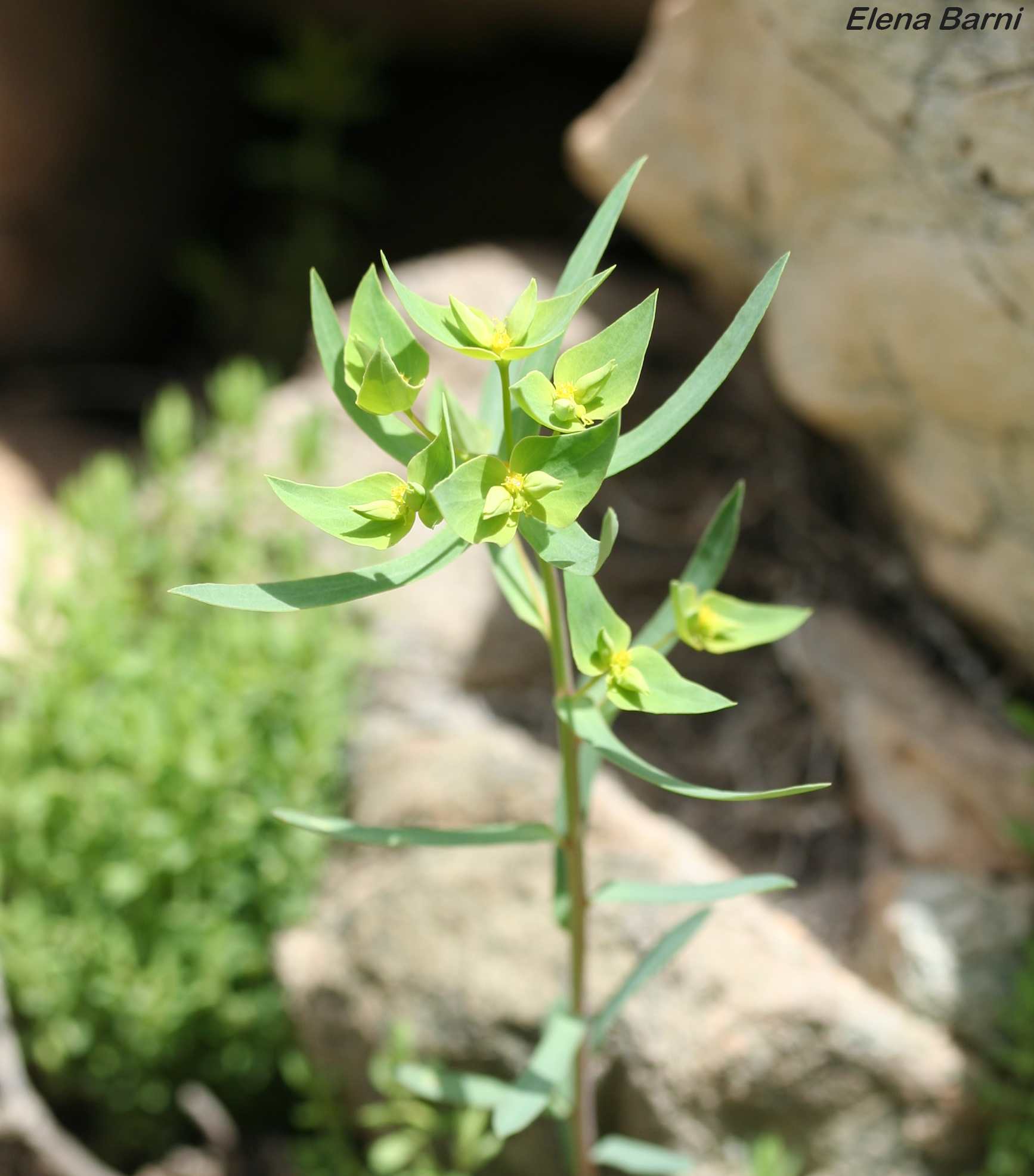
The action D2 was concluded.
This aimed to evaluate the effect of the actions, for recovery and conservation measures (e.g. clearing of individual tree species to help with colonizing and grazing - in spring and autumn) on the populations of orchids and rare steno-Mediterrany species existing in the areas of intervention.
The action of monitoring included the creation of sampling assays, used in conjunction with the monitoring network defined in action A5, in order to compare the effect of the management with the pre-existing conditions. The assays will be carried out precisely with grounded, fixed metal poles and used in correspondence with the plot, pre-intervention, to confront any differences between the samples.
The analyzes performed in the plots during 2015, 2016, 2017 allowed to evaluate the inter-annual dynamics of the orchid populations in response to factors other than grazing. Overall, it can be stated that the effect of grazing, which led to a significant reduction in dry biomass and therefore to a change in the light conditions reaching the soil, was positive on the most widespread orchid species present in the area under consideration. This effect has led to a slight increase in young vegetative individuals and adult vegetative over time.
News about the progress of the action D2:
-12/07/2015 - The spring-summer surveys on the monitoring network (actions D1 and D2) are finished
-30/05/2016 – The work continues on permanent monitoring network
-14/04/2017- The spring reliefsstarted (D1 and D2 Action)
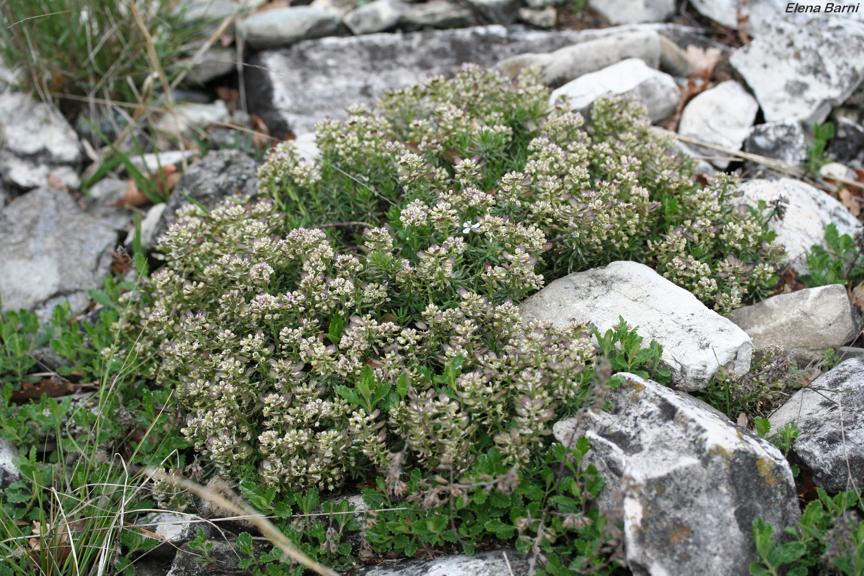
The action D1 was concluded.
The purpose of this monitoring action was to evaluate the effect of the concrete recovery and conservation actions foreseen in actions C1-C5 on the specific composition and biodiversity of the habitats 6210 * and 6240 *
This action involved the construction of vegetation surveys in conjunction with the monitoring network of naturalistic action defined in A5, in order to compare the results and highlight any differences between baseline and post-intervention.
The collected data showed that, in both habitats 6210 * and 6240 *, grazing did not alter the exceptional biodiversity of the grasslands, which remained almost constant and very high (on average 45 species / 25 m2). Even after the fire, there were no negative repercussions on biodiversity, but on the contrary, an increase in the Shannon diversity index was detected in some experimental conditions.
News about the progress of the action D1:
-12/07/2015 - The spring-summer surveys on the monitoring network (actions D1 and D2) are finished
-30/05/2016 – The work continues on permanent monitoring network
The action C5 was completed.
The action was completed in line with what has been foreseen in the project. The goal of this action was to actually apply the guidelines for habitat management for conservation purposes. To achieve this, it was necessary to identify a company to entrust the animals, whose contract was signed on 30/12/2014. In 2015, LIFE grazing started in the areas of intervention of the xerothermic oases. The grazing took place partly in the spring and partly in the autumn and involved both the surfaces of the intervention sectors owned by the Municipalities of Bussoleno and Mompantero, and some private areas (about 20 ha) granted for this purpose by the owners. From spring 2018 to autumn 2019, grazing had to be suspended in the areas most damaged by the fire of autumn 2017 in order to allow the recovery of the plant communities of the target habitats.
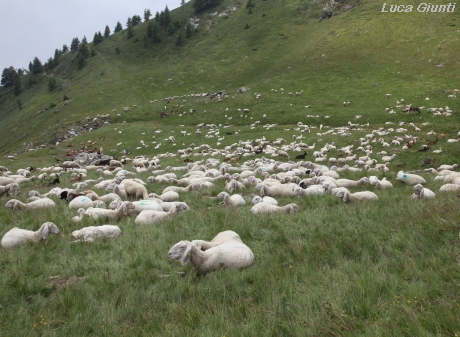
News about the progress of the action C5:
-24/02/2015 - Actions C3 and C5: constitution and custody of the service flock
-15/04/2015 - Action C5 – The grazing in the Oasi xerotermiche starts
-07/10/2015- Action C2-C5-E5: the autumn grazing has started at the Oasi xerotermiche
-30/05/2016 - The spring grazing continues
-19/6/2016- The flock has moved in Rocca del Chiodo (Mompantero) and the grazing continues!
-06/07/2016 –The period of spring grazing is over
-24/09/2016 - News from our flock that is now on the mountain pastures
-18/10 /2016- The autumn grazing at the xerothermic oasis is started!
-12/11/2016- The autumn grazing of the Xero-grazing flock continues
-28/11/2016 - The period of autumn grazing in the Oasis xerothermicit is finished
-24/05 / 2017- Last week the spring grazing season officially began in the xerotermic oases!
-18/07/2017- Pasture is completed in xerotermic oases
